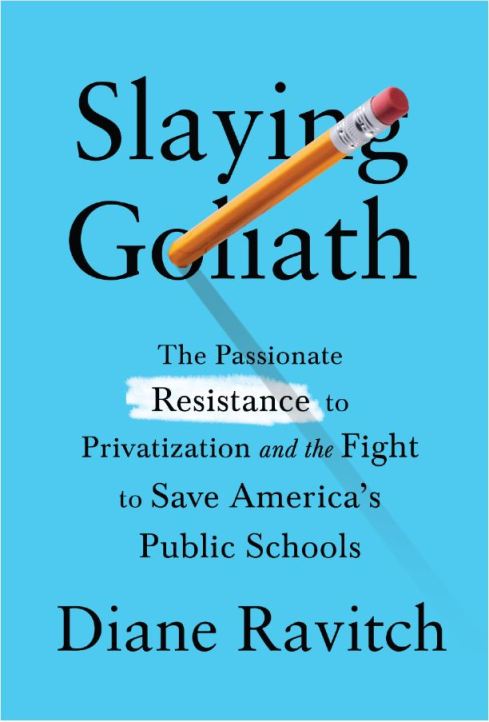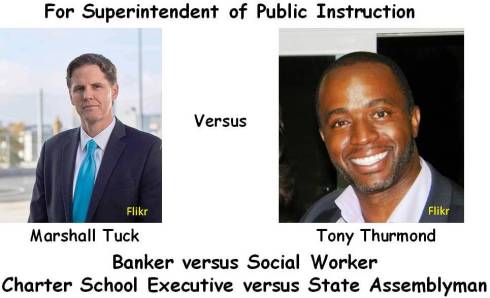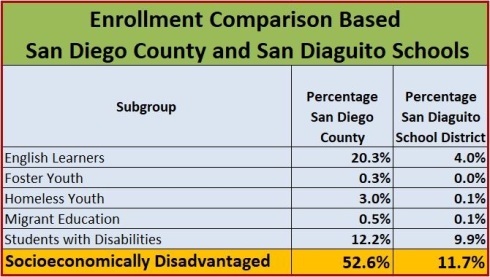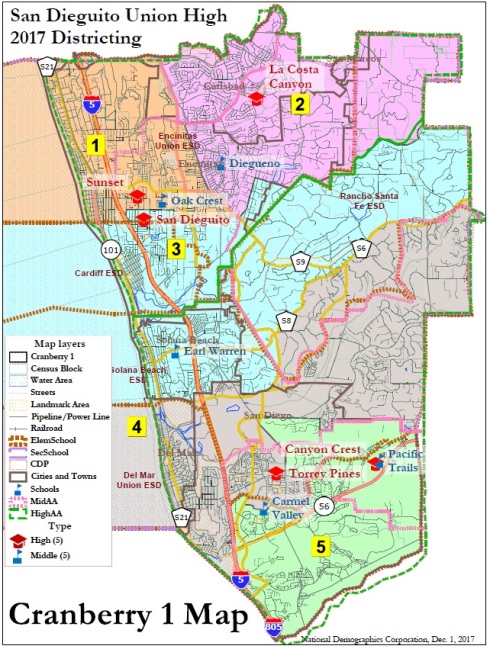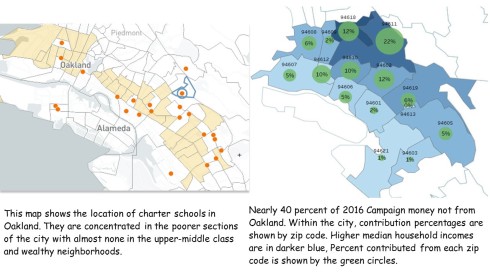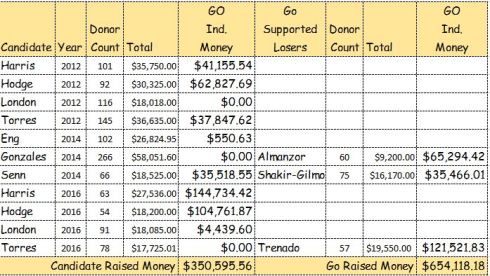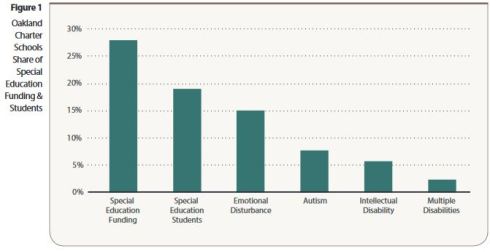By Thomas Ultican 2/19/2020
Amplify education Inc. has a two decade history of trying to profit by selling education technology. The bottom line is even if their pedagogy was good – which it is not – it would be unhealthy for children. The big dream of replacing teachers with digital screens and making gobs of money has a fatal flaw. The last thing 21st century children need is more screen time. Amplify’s lessons are dangerously unhealthy and deliver low quality teaching.
A History of Profiteers and Disrupters
Greg Gunn a former associate of the Carlyle Group who had earned a Masters of Electrical Engineering from MIT joined with Larry Berger to found Wireless Generation. Berger was a graduate of Yale University with a BA and had been a White House fellow working on Educational Technology at NASA during the Clinton administration. In 2010, News Corporation paid $360 million dollars to acquire Wireless Generation and renamed it Amplify Education, Inc. Including performance incentives, Larry Berger pocketed $40 million and agreed to stay on as head of curriculum.

Amplify a Commercial Venture Profiteering off Public Education
The mogul, Rupert Murdoch, proposed buying a million I-Pads for delivering classroom instruction. However, the Apple operating system did not allow the flexibility needed to load the Wireless Generation software. Amplify chose a device manufactured by the Taiwanese company Asus. The android operating system met their needs and the tablets were well regarded in the market place but they were not designed to withstand the demands of school use. One other issue was that Wireless Generation had never developed curriculum but Murdoch wanted to beat Pearson and Houghton Mifflin to the digital education market place.
In July 2012, Amplify publicized its development partnership with AT&T. Ralph de la Vega, President and CEO, AT&T Mobility declared, “Together, we plan to bring to market a 4G mobile tablet-based experience that we believe will significantly enhance teaching and learning for grades K-12.”
The following March, Amplify announced its new tablet for teachers and students. CEO Joel Klein stated,
“We want to transform the way teachers teach and students learn. Technology has revolutionized the world, but not the classroom. Our hope is that this tablet will help change that.”
That same March of 2013, Amplify also won a $12.5 million dollar contract with the Smarter Balanced Assessment Consortium to develop a digital library of formative assessments. It was the second contract awarded to Amplify by Smarter Balanced. The first one came in 2012 calling for Amplify to partner with ETS developing software to analyze results from common core assessments. Both were part of the $175 million dollar grant by the US Department of Education to the Smarter Balanced Consortium.
The corporate plan was rolling along nicely and then the wheels came off. In Guilford County, North Carolina the school district won a Race to the Top grant of $30 million dollars which it used to experiment with digital learning. The district’s plan called for nearly 17,000 students in 20 middle schools to receive Amplify tablets over the next three years. When a charger for one of the tablets overheated, the plan was halted. Only two months into the experiment, not only had a charger malfunctioned but another 175 chargers had various issues and 1500 screens had broken.
The following year Amplify tried to reestablish itself as a leading player in the digital learning markets. CEO Joel Klein called the new offerings a potential “game-changer” and “unlike anything anyone has ever seen in public education.” The company claimed the Guilford County problems had been fixed.
By August of 2015, News Corporation announced it was exiting the education business. The corporation took a $371 million dollar right off to get out of the digital curriculum business. The next month, News Corporation announced it had sold Amplify to members of its staff. In the deal orchestrated by Joel Klein, he would remain as a board member and Larry Berger would assume leadership of the company.
A New Billionaire Savior Appears
It was soon learned that the real buyer of Amplify was Laurene Powell Jobs, wife of the late Steve Jobs co-founder of Apple. She purchased Amplify through her non-profit the Emerson Collective.
Ed Surge reported, “Emerson Collective has also invested in a slew of edtech startups including AltSchool, FreshGrade, Nearpod and, most recently Udacity’s $105 million round. She is also on the board of NewSchools Venture Fund (an investor in EdSurge.)” In the same month that she bought Amplify, Powell Jobs launched XQ: The Super School Project, a $50 million challenge inviting teams to submit plans to re-invent high schools.
Laurene Powell Jobs has no respect for public school educators and the schools they work in. When Wiki Leaks leaked the Clinton campaign’s emails, Powell Jobs’ recommendations to Hillary Clinton were revealed. She offered four uninformed policy positions in a conversation with Ann O’Leary:
- “Re-design entire K-12 system – we know how to do it, but it comes down to political will.
- “Think about Charters as our R&D … must allow public schools to have leaders that can pick their team and be held accountable.
- “Need to increase IQ in the teaching sector: Teach for America; they are a different human capital pipeline.
- “Need to use technology to transform – technology allows teachers and children to focus on content mastery versus seat time; …”
When “we know how to do it” does not include significant input from practicing professional educators, the reasoning is obviously erroneous.
Charter schools have been R&D for fraud, embezzlement and abuse but certainly not for delivering positive innovations. Her slap at teachers unions and work place protections for teachers is consistent with other billionaires and with creating professional educator shortages.
While I was working in public schools, I found the teachers to be every bit as intellectually competent as any of the engineers I met while working in Silicon Valley. Suggesting that Teach For America teachers are even remotely competent to lead a classroom shows gross ignorance of education reality. They are uneducated and untrained.
Technology has a place in education. It is essential for schools to have modern functional lab equipment. Students need access to good word processing programs and video recording equipment to engage in creative endeavors. Some lessons can be supplemented by technology but screens will never replace a live professional educator.
Real education requires life to life communion between teacher and student. Daisaku Ikeda, writes in his book Soka Education,
“Recognizing each student as a unique personality and transmitting something through contacts between that personality and the personality of the instructor is more than a way of implanting knowledge: it is the essence of education.”
Socrates likened this to being “kindled by a leaping spark” between teacher and student. Low cost learning at a screen is spiritless, amoral and dead.
There has been a refocus on “personalized learning” since the Powell Jobs acquired Amplify. (How can isolation at a screen be called “personalized learning?”) In a puff piece about Amplify, Ainslee Harris claims,
“Amplify booked $59 million in revenue in 2016, its first year of independence, and $74 million in 2017. This year, it’s on track to book $125 million, making it one of the few education startups to break the $100 million mark.”
The Powell Jobs team has taken control of the Amplify board. Russlyn Ali (Managing Director of Education at the Emerson Collective), Brad Powell (Managing Partner of Emerson Collective) and former Secretary of Education Margaret Spellings have joined Larry Berger on the board. People like Stacy Childress (CEO of New Schools Venture Fund), Linda Roberts (Office of Education Technology, US Department of Education) and James B. Hunt Jr. (Former Governor of North Carolina) have departed.
Bad Pedagogy and Unhealthy Practices
The vast majority of America’s school principals believe that students are experiencing too much screen time and the Organization for Economic Co-operation and Development (OECD) said in a 2015 report that heavy users of computers in the classroom “do a lot worse in most learning outcomes.” The OECD runs the international testing known as PISA. They came to their conclusion by analyzing the results from the more than 70 countries whose data they monitor.
Dr. Nicholas Kardaras wrote “Screens In Schools Are a $60 Billion Hoax” for Time magazine. When discussing health risks associated with student screen time, he stated, “over two hundred peer-reviewed studies point to screen time correlating to increased ADHD, screen addiction, increased aggression, depression, anxiety and even psychosis.”
A recent post by Nancy Bailey addressed problems with Amplify’s Core Knowledge Language Arts (CKLA) program for teaching reading. Teacher evaluation committees from Rochester, New York and Tulsa, Oklahoma condemned the program. Some of the comments:
“It builds on content so kids in primary grades learn about ancient civilizations, and it shows some vertical articulation, but it doesn’t have good scope and sequence when learning skills. It’s not developmentally appropriate to introduce a skill or curriculum or new learning concept and then not refer to it again for a very long time.”
One teacher said that her principal was “very disappointed that there wasn’t a lot of neat stuff in the hall, but CKLA doesn’t allow for much creative-type work. I didn’t want to hang worksheets in the hall.”
“I wouldn’t want my children taught this way. I don’t know the rationale behind adopting it. The curriculum doesn’t light up the eyes of kids. It removes the autonomy from the teacher. I guess if people have come through an alternate route and don’t have a teaching degree, you can teach it without much experience.”
The math and science programs are just as regressive. In Seattle, an anonymous donor paid $100,000 to have Amplify Science piloted in 20 middle schools. An NPR report noted,
“Former school board member Peters said it’s difficult to compare results the first year of a new test: Pass rates dropped across the board in 2018 when it was introduced. But her analysis shows pass rates dropped the most at the Seattle schools using Amplify Science — despite the curriculum’s promise to help students meet the new standards.”
‘“The students that fared the worst were low-income students using Amplify Science,’ Peters wrote in an email to the board.”
Because of political pressure to implement computer learning, Seattle’s school board ignored the pleas of teachers and parents and bought the Amplify Science program. Its biggest selling point was that it is aligned with the Next Generation Science standards which are also an abomination.
Conclusion
The reason schools are buying these terrible education technology frauds is that professional educators are no longer making curricular decisions. All large modern businesses including schools require a significant digital infrastructure. This means that there must be an information technology group headed by an expert. That expert who loves technology and has no pedagogical expertise becomes the leading voice concerning the purchase of digital equipment. That explains in part why school districts in financial difficulty are still purchasing pricey education technology software and hardware. Board members believe they have no choice and that they are implementing professional advice.
Amplify Education, Inc. is another modern snake oil salesman. The only reason they did not disappear in 2003 is that the federal government and investors like Rupert Murdoch have poured billions of dollars into this company. It is past time for the fraudulent STEM ideology, education testing scam and the sale of low quality education technology products to be stopped. Taxpayers are being fleeced, schools are being bankrupted and children are being harmed.
Twitter: @tultican

